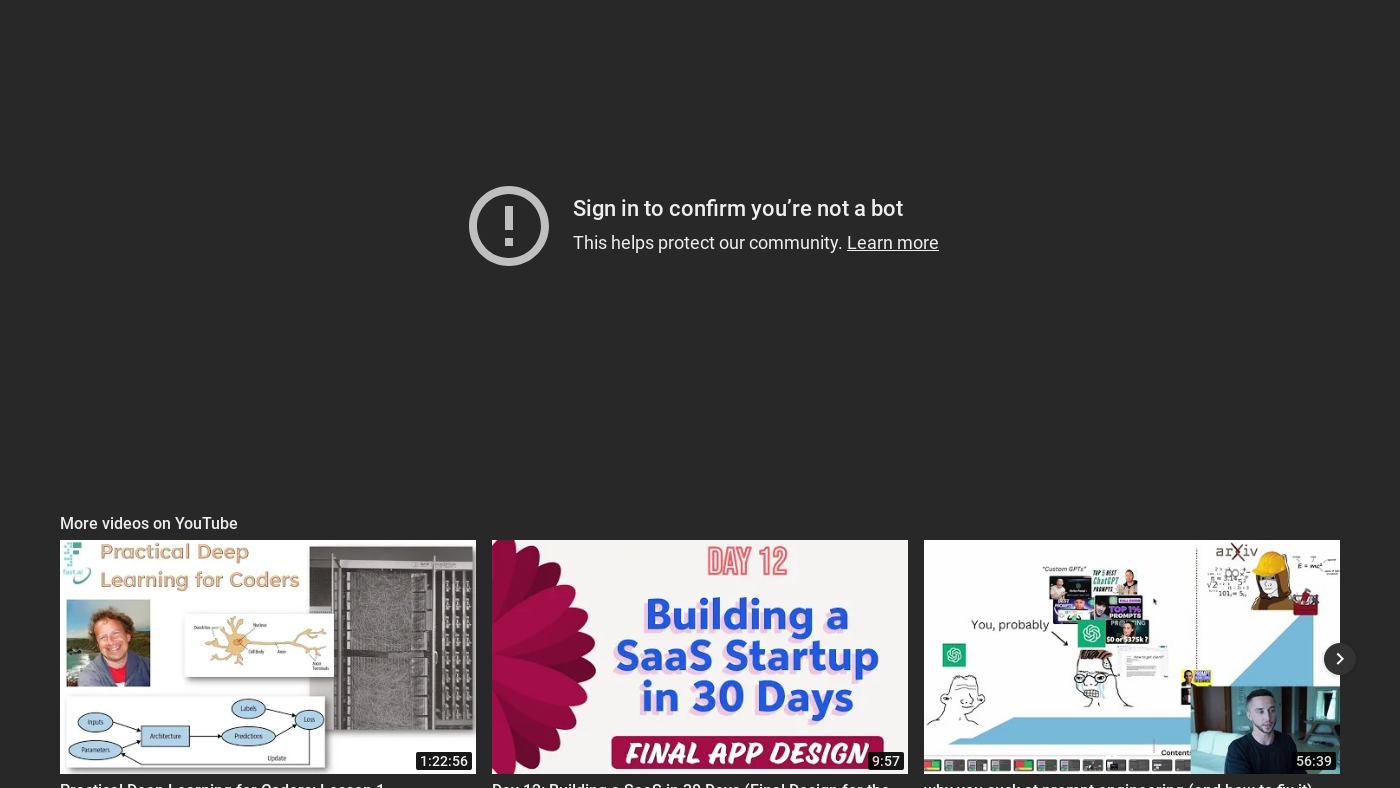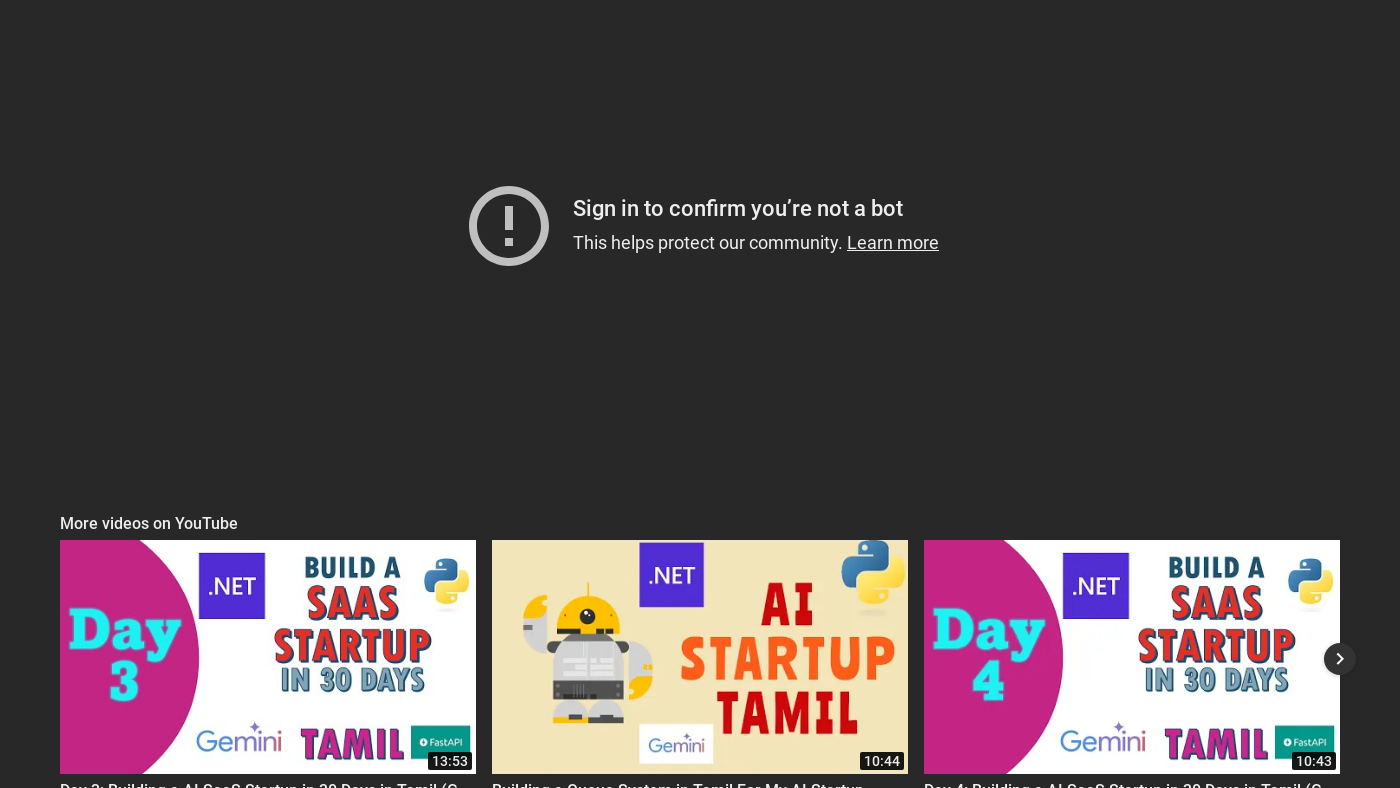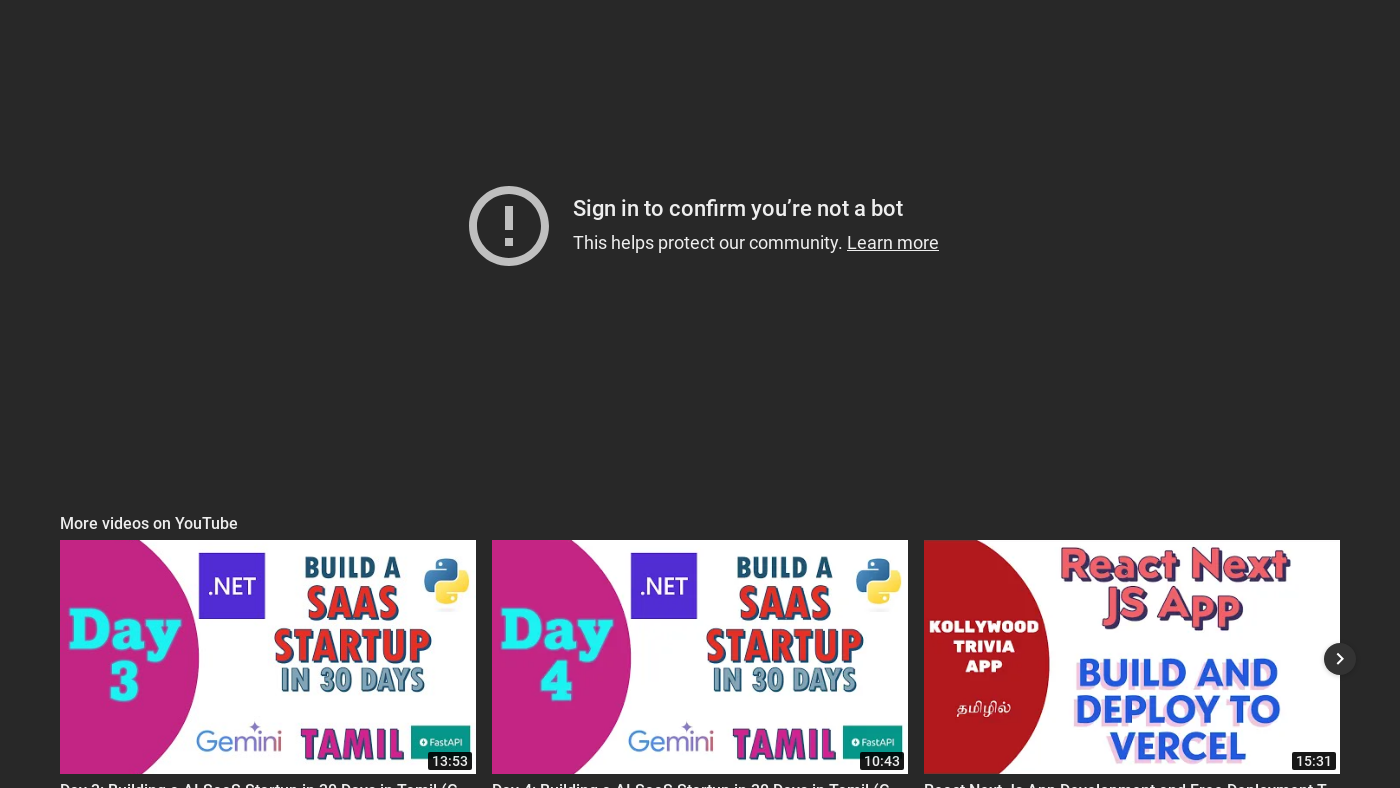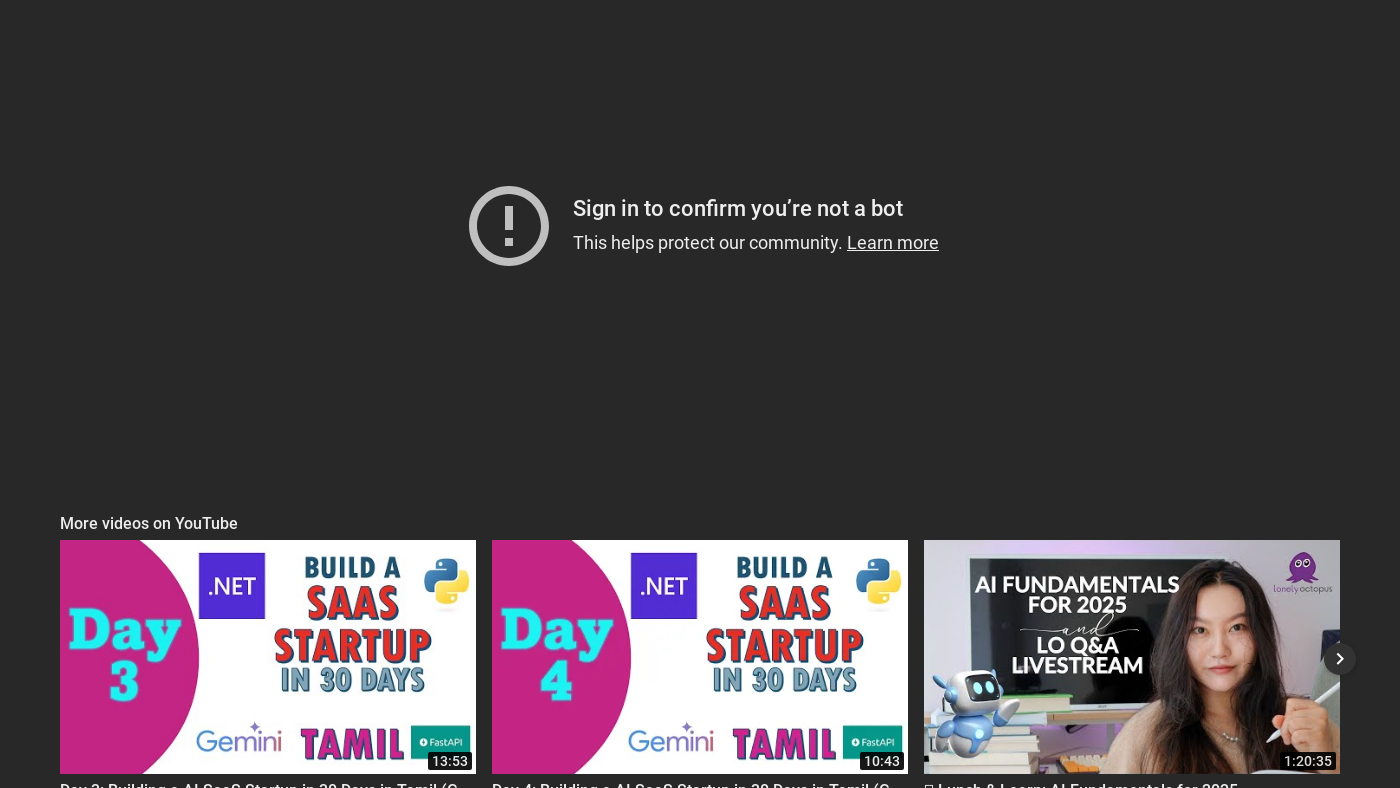Introduction to Building a SaaS Startup in 30 Days
Building a SaaS (Software as a Service) startup in just 30 days is an ambitious goal, but with a clear plan and focus, it's achievable. This article outlines the journey of creating a SaaS product from scratch and launching it within a month. The product idea revolves around e-learning content creation and automation.
Understanding E-Learning Content Creation
E-learning content creation involves developing educational materials for online courses. This can include text, images, videos, and quizzes. Schools, colleges, universities, and companies often use Learning Management Systems (LMS) to deliver these courses. The LMS platforms provide a structured way to navigate through the content, allowing users to learn at their own pace.
 This is an example of what e-learning content might look like.
This is an example of what e-learning content might look like.
The Process of E-Learning Content Creation
Traditionally, e-learning content creation is a manual process that involves several steps:
- Content Development: Experts create the content, which can be in the form of text, images, or videos.
- Structuring: The content is then structured into a coherent course format, including organizing the content into modules and lessons.
- Review and Edit: The content undergoes a review and edit process to ensure it meets the required standards.
- Publishing: Finally, the content is published on the LMS platform.
 The traditional content creation process can be lengthy and labor-intensive.
The traditional content creation process can be lengthy and labor-intensive.
Automating E-Learning Content Creation
To automate the e-learning content creation process, the idea is to leverage AI and machine learning technologies. This involves using natural language processing (NLP) and machine learning models to generate content automatically from a given set of data or guidelines.
 Automating content creation can significantly reduce the time and effort required.
Automating content creation can significantly reduce the time and effort required.
The Role of AI in Content Creation
AI can play a crucial role in automating the content creation process. By using AI models, it's possible to generate high-quality content quickly and efficiently. This can include generating text, creating images, or even producing videos.
 AI can generate a wide range of content types, from text to videos.
AI can generate a wide range of content types, from text to videos.
Building the SaaS Product
The SaaS product aims to provide a platform where users can input their content requirements, and the AI system generates the content automatically. The platform will also allow users to edit and customize the generated content as needed.
 The SaaS product will offer a user-friendly interface for content generation and customization.
The SaaS product will offer a user-friendly interface for content generation and customization.
Launching the Product
After developing the SaaS product, the next step is to launch it. This involves setting up the necessary infrastructure, configuring the AI models, and testing the product to ensure it works as expected.
 Launching the product successfully requires careful planning and execution.
Launching the product successfully requires careful planning and execution.
Marketing and Promotion
Marketing and promoting the SaaS product is crucial for its success. This involves creating a marketing strategy, identifying the target audience, and using various marketing channels to reach potential customers.
 Effective marketing and promotion can help increase visibility and attract customers.
Effective marketing and promotion can help increase visibility and attract customers.
Conclusion
Building a SaaS startup in 30 days is a challenging task, but with a clear vision, a solid plan, and the right team, it's possible. The key to success lies in identifying a viable product idea, developing a minimum viable product (MVP), and launching it quickly. By leveraging AI and machine learning technologies, it's possible to automate the e-learning content creation process, making it more efficient and cost-effective. With the right marketing and promotion strategies, the SaaS product can attract customers and achieve success in the market.
